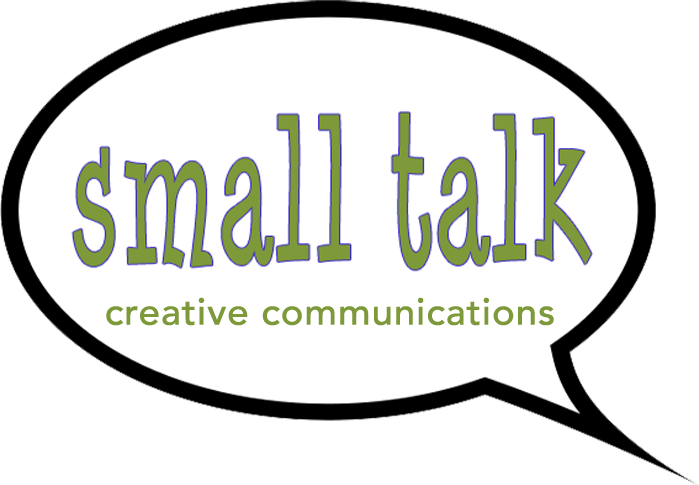


Though Mad Men made advertising seem sexy, the ad biz was also — sexist. Today, the flavor of misogyny Don Draper and his pals showed isn’t cool; in fact, it’s downright unacceptable.
Sexual harassment and gender inequality aren’t exactly a thing of the past. When only 11% of all creative award winners are women, it’s clear the Mad Men culture isn’t dead.But Mad Men also exuded some things still true today; reminding us that ideas, creativity and personality is the backbone of advertising. Luckily, that has nothing to do with 50’s dress codes, pocket squares and pencil squares. There were no dress down Fridays for Don Draper and the gang but then it’s hard to imagine them in today’s everyday ad office casual. Fortunately we’ve realized white-glove dress up has nothing to do with great copy and creative.
We also don’t have – and don’t need 3 martini lunches and smoke filled boardrooms. In fact, most lunches are on the go, some may even be healthy and any today’s smokers go outside the workplace to do it.
Today Don Draper solo geniuses are more often part of a team. No matter how great the idea, it takes more than just a quick brainstorm and fast sketch to sell it. Clients demand backend time for product, company, brand and consumer research to ensure ideas are not only creative but can work on all levels. There are rarely ‘roughs’ since clients now expect fully realized comps to illustrate exactly how something will present to their consumer.
When Sterling Cooper was introduced to their first computer, their IBM 360 took up an entire room. We’ve come a long way since the mainframe that was the state of the art IT star. Roger Sterling never saw or used an iPad or touch screen. And Art Director Stan Rizzo never created a digital design or website. The pen tool – was an actual pen. Those of us who created storyboards, used rubilith, and sent out for transparencies, understand that world well. And I can’t say I miss Letraset, French rules, Rapidographs and dried out jars of rubber cement. Yea, Photoshop!
Some things, however, never change. No digital innovation can create copy or ideas. That takes a human imagination. Computers may have revolutionized the way we execute those ideas, those words but they can’t intuit them. Do we now need the partnership of programmers, social media experts, and tech engineers? Absolutely. Today’s transitional ad agency is an eclectic group, where creative mavericks and computer geeks work seamlessly. Controlled creative chaos, artistic breakthroughs, and innovative ideas are fundamental to marketing success. Understanding of people, of brands should always be the backbone of marketing decisions. And figuring out how to stay ahead of new technologies, yet still tell timeless stories. is an every day challenge.
Time stands still for no one; neither do trends or technology. When platforms constantly shift, you have to move with them or be left behind. But powerful ideas, especially in this digital age, are always paramount. No matter how technology changes or transforms, creativity will still not only be important, it’s critical to move advertising from mere messaging — to understanding.
Nothing beats the power of words and imagination. Even in this wireless, watchable and wearable society where lives run faster but not always simpler, there’s still magic in advertising. There’s more hard work and tight deadlines than glamour and martini lunches but, if done right, the ad biz can be even more fulfilling and successful.
Today, Madison Avenue is a shadow of its iconic self. Few people would return to the storied Mad Men advertising days, even if they could; but I just might like one of Joan Harris’s snappy outfits.


